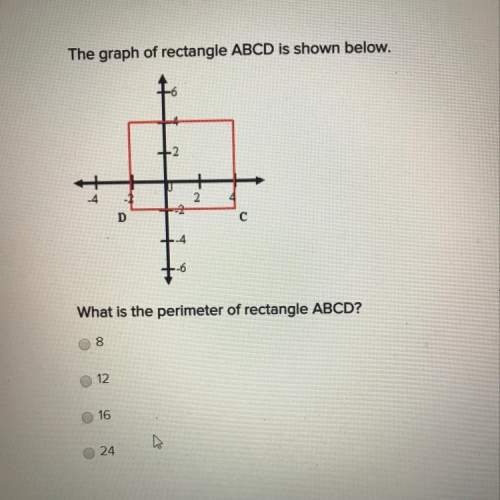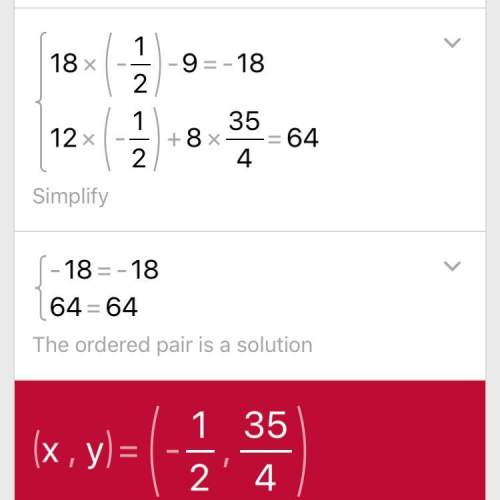
Mathematics, 11.03.2020 22:47 asuhdude57
Calculate the per unit active power of one-phase Pu,1 = real(V˜ as, u ˜I ∗ a, u) from the results of Problem 5. Also, calculate the per-unit three-phase powers Pu(t) = P(t)/S3b and Pu = P/S3b using the results from problem 4. Are the numerical values of the per unit powers Pu,1, Pu(t), Pu, equal or different? why?\

Answers: 1


Other questions on the subject: Mathematics


Mathematics, 21.06.2019 22:30, 713073
Which statements about the system are true? check all that apply. y =1/3 x – 4 3y – x = –7 the system has one solution. the system consists of parallel lines. both lines have the same slope. both lines have the same y–intercept. the equations represent the same line. the lines intersect.
Answers: 2

Mathematics, 22.06.2019 00:00, rebeckas0102
To convert celsius temperatures to fahrenheit, you can use the expression (c + 32). tom says that another way to write this expression is c + 32. what error did tom make?
Answers: 3
You know the right answer?
Calculate the per unit active power of one-phase Pu,1 = real(V˜ as, u ˜I ∗ a, u) from the results of...
Questions in other subjects:


Mathematics, 23.03.2021 16:20

Computers and Technology, 23.03.2021 16:20






Mathematics, 23.03.2021 16:20





